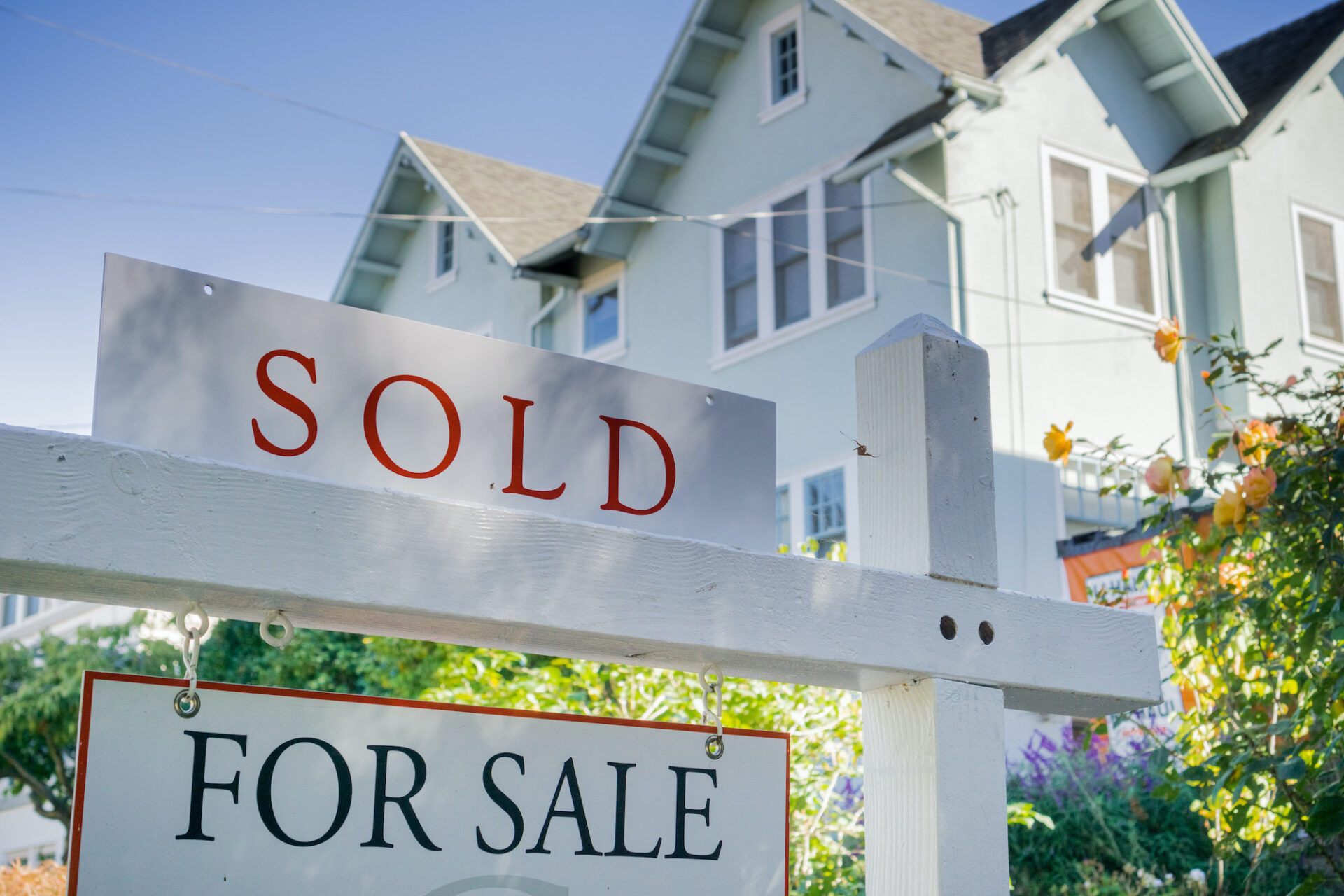By TYRONE TOWNSEND
As the spring selling season continues, those in the industry are noticing that the housing market in parts of the country is beginning to cool after a wild ride during the pandemic.
Bidding wars and all-cash bids were prevalent due to rising housing prices and low availability. As more investors invaded the market, millions of average Americans were left on the sidelines, unable to compete.
The housing market is already beginning to cool but despite this fact, respite for homeowners – particularly first-time purchasers – is unlikely as the Federal Reserve continues to boost interest rates to battle inflation, driving up mortgage rates.
According to Realtor.com’s Monthly Home Trends Report, housing inventory in the United States was down 12% from the same month last year, the smallest year-over-year fall since December 2019.
Compared to the over 19% reduction in March, the April inventory decline is slower. According to the research, this equated to 57,000 fewer properties actively for sale on an average day in April compared to the previous year.
If this pattern continues, house listings in the United States may exceed last year’s inventory in the following weeks.
Fewer buyers and more sellers will be the key to an inventory increase.
Dana Bull of Sotheby’s International Realty said buyers are still coming out of the woodwork and are committed to landing homes.
Sellers will have to cool their expectations after an exponential jump in home prices during the first two years of the pandemic.
“Prices haven’t cooled yet, but some sellers have unrealistic expectations around price. Some hard conversations are being had before listing to set expectations with sellers,” Bull said.
Affordability is still an issue.
According to Black Knight, a mortgage technology and analytics firm, homes are now less affordable in 95 percent of U.S. housing areas compared to historical norms.
A Gallup poll indicated that over 70% of Americans believe this is a terrible time to purchase a home.
Doug Duncan, Fannie Mae Senior Vice President and Chief Economist, says that in April their Home Purchase Sentiment Index fell to its lowest level since the spring of 2020.
The percentage of respondents who said it is a good time to buy a home decreased from 24% to 19%, while the percentage who said it is a bad time to buy increased from 73% to 76%.
As a result, the net share of those who say it is a good time to buy decreased 8 percentage points month over month, according to the survey.
“The current lack of entry-level supply and the rapid uptick in mortgage rates appear to be adversely impacting potential first-time homebuyers in particular, evidenced by the larger share of younger respondents (aged 18- to 34) reporting that it’s a ‘bad time to buy a home,’” Duncan said in a statement.
Consumer perception regarding the ease of getting a mortgage also decreased across nearly all surveyed segments last month. This suggests that the benefits of the recent past’s historically low mortgage rates have diminished, he said.
According to Duncan, affordability could become an even greater constraint going forward.
“This sentiment is consistent with our forecast of decelerating home sales through the rest of 2022 and into 2023,” Duncan said.
Rising rates hit first-time homebuyers the hardest, as competition in one of the most intense housing markets in history is even more evident in the lower-priced starter-home portion of the market.
Potential first-time home buyers have typically had access to affordable housing thanks to lower and cheaper price tiers as the property matures and depreciates in quality. However, today’s homeowners live in their houses for longer than ever — on average, more than ten years — which means fewer properties are available to first-time home purchasers.
“Most of our for-sale housing supply comes from existing homes, and existing homeowners are staying put. The average length of time someone lives in their home continues to set new records, rising to approximately 10.5 years in March, up from 9.75 years in 2019,” said Mark Fleming, Chief Economist at First American.
“The longer people live in their homes; the fewer and fewer homes are listed for sale, compounding the housing supply shortage – you can’t buy what’s not for sale, and you won’t sell if you can’t find something better to buy. Homeowners staying put reduced housing market potential by 288,000 potential home sales compared with March 2019.”
Read More Articles By Tyrone Townsend:
Digital Real Estate: What Is It And Who Is Interested?
Average Person Versus Wall Street: Homeowners Affected By Investors
In Case You Missed It:
Love It Or List It? Americans Are Renovating Rather Than Moving
Email story ideas to Editor Kimberley Haas: [email protected]
